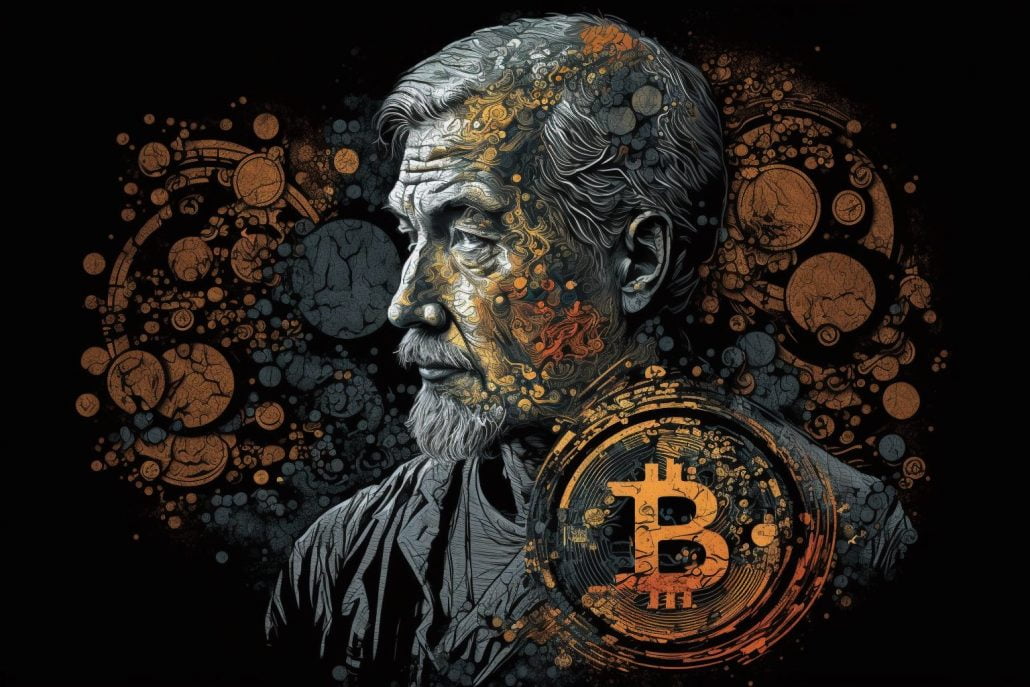End of February 2023, the Zürich Crypto Mondays community met to explore the endless possibilities of NFTs and how they impact the world of art and finance. This is my belated recap, since I’ve been very busy working on our own first NFT art project which I presented at WordCamp Switzerland at the beginning of April as an experiment to introduce the Swiss WordPress community to web3 technology and, of course, to learn more about NFT art myself.
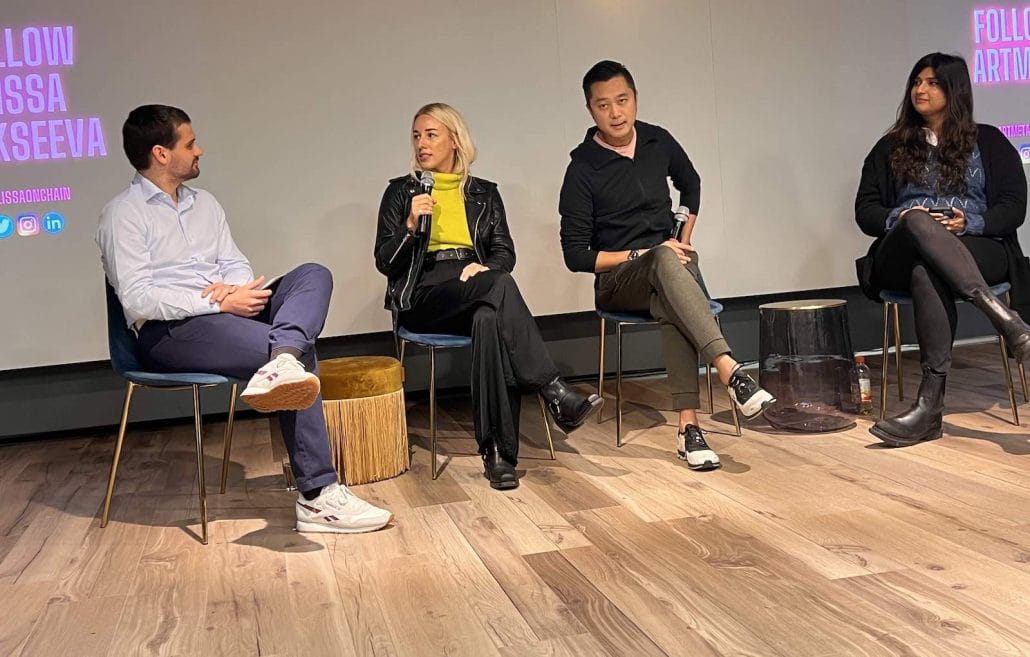
Fiat24
In his presentation, co-founder Yang Lan explained that Fiat24 holds one of 4 Swiss fintech licenses which is kind of a bank licence with limited functionalities. They built a core banking system focusing on payment from server to blockchain. NFTs play a central role in their whole core banking system to represent the client identification in their ecosystem.
Fiat24 uses an ERC-721 standard NFT in the Arbitrum One network. Arbitrum One is a layer 2 scaling solution for Ethereum, which provides faster and cheaper transactions.
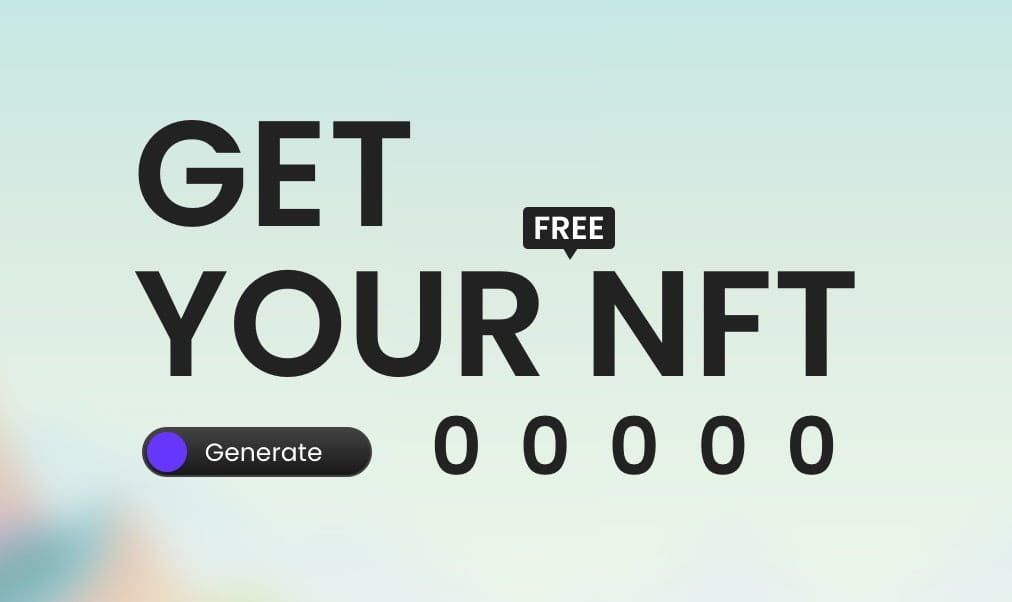
Other than in traditional e-banking portals, at Fiat24 you log in with a web3 wallet like Metamask. Fiat24 supports over 40 web3 wallet providers. Your Swiss IBAN is unique and consistent with your NFT id. For example, the following IBAN is associated with NFT id 59125.

As part of the web3 economy, the Fiat24 NFT can be used by any 3rd party web3 application. The status of the NFT indicates the healthiness of the user behind it, without disclosing the privacy of the user. Fiat24 offers 2 types of accounts:
Fiat24 Standard Account
- Access a multi-currency cash account
- Swiss IBAN account number (coming in Q2/2023)
- One Debit Card (coming in Q2/2023)
- Perform peer to peer transfers
- Do crypto top-ups
- Do currency exchanges
- Do cash top ups via bank wire
- Do cash withdrawals via bank wire
With a 30 day transactional volume limit of 100’000 CHF (or 105’000 USD).
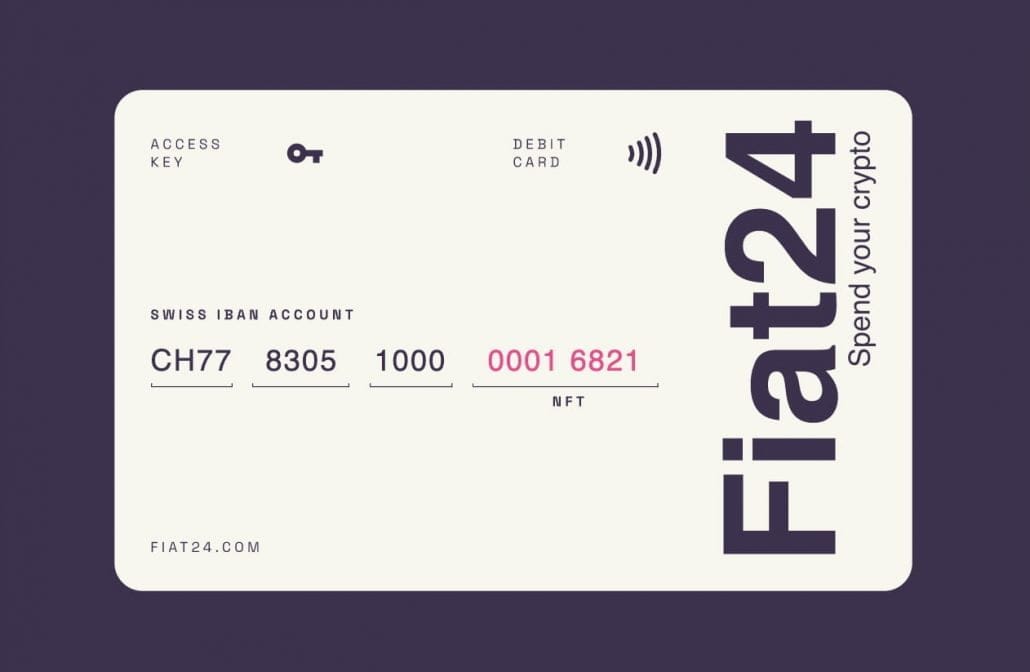
Fiat24 Business Account
- Access a multi-currency cash account
- Perform peer to peer transfers
- Do crypto top-ups
- Do currency exchanges
- Do cash top ups via bank wire
- Do cash withdrawals via bank wire
- Have an account number starting with 8
With a 30 day transactional volume limit of 100’000 CHF (or 105’000 USD). A business account can only be opened manually by client services (service@fiat24.com).
To learn more about how Fiat24 works, go to docs.fiat24.com/tutorial.
ArtMeta
The second speaker of the evening was Alissa Alekseeva, head of marketing for ArtMeta, a company that is building a fine art metaverse. She explained the psychology behind buying art NFTs, provided some background on their emergence and comparing their popularity to the stock market. She noted that NFTs were at zero on the Google Trends index until January 2021 when they suddenly became popular due to Gamestop and the rise of meme stocks, where retail investors challenged traditional institutional investors who had long dominated the stock market.
Their motto was «apes together strong». This happened January to March. Then in perfect alignment of the stars in April 2021. The Bored Ape Yacht Club was launched. So finally, these guys had something to identify with right then.
Alissa Alekseeva, ArtMeta
The emergence of PFPs (proof for profile picture) and the Bored Ape Yacht Club helped to create an identity around NFTs. NFTs were later integrated into the art market, and major auction houses sold expensive NFTs. Alissa went on to discuss ArtMeta’s work in digitizing artworks and tokenizing them for NFT LA and the potential benefits of smart contracts, which she proposes calling non-duplicative smart contracts (NDSC) instead of NFTs. She concluded that NFTs are not art, crypto is not a scam, and NDSCs is the future.
Alissa gave a very interesting and charming presentation. It totally makes sense that art curators must have a deep understanding of art history, contemporary art trends, and the art market. Her opinion that until institutions like banks are embraced, crypto will always be susceptible to scams is one that I personally do not share, though. Just because we’re early in web3, usability is in its infancy and scammers are luring at every corner, doesn’t mean that we have to question the very foundations of blockchain technology.
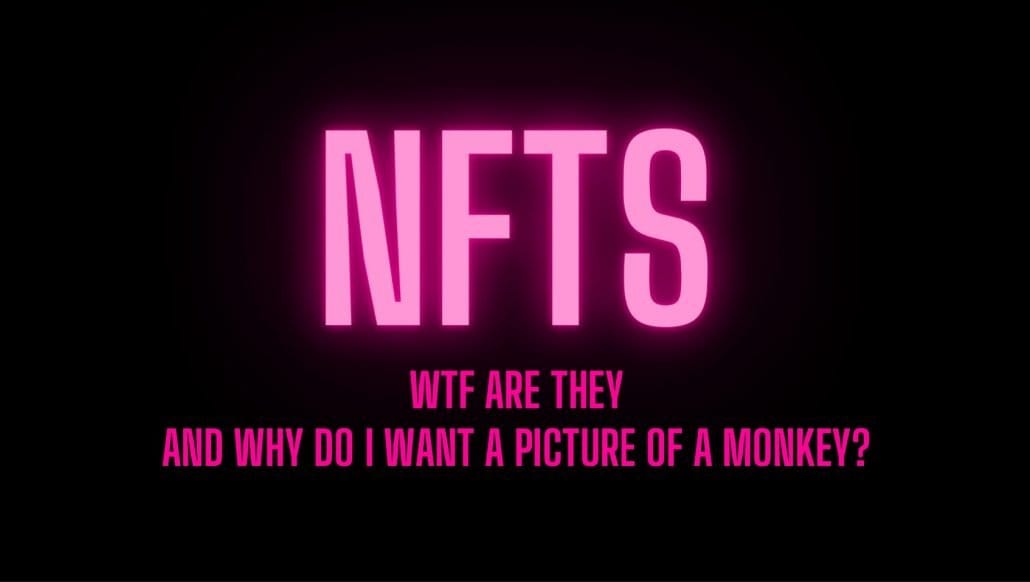
In the spirit of Bitcoin inventor Satoshi Nakamoto, I would argue that the idea of relying on institutions, such as banks, to ensure the security of NFTs is not in line with the decentralized and trustless nature of blockchain technology. Satoshi Nakamoto’s vision for blockchain was to create a system that operates independently of intermediaries, where individuals have full control over their assets and transactions can be conducted securely and transparently without relying on centralized authorities.
While it’s true that some individuals may forget their passwords or lose their hardware wallets, blockchain technology allows for the creation of secure and transparent recovery mechanisms, such as multi-signature wallets, that don’t require the involvement of intermediaries.
Social recovery is another mechanism for recovering wallets that does not involve intermediaries. This method involves setting up trusted friends or family members as recovery contacts who can help you regain access to your wallet in case you lose your password or private keys.
In this method, you would first set up your wallet with multiple recovery contacts. If you lose your password or private keys, you can then initiate a recovery process that sends a verification request to your recovery contacts. Once a certain number of contacts have verified your identity, you will be able to regain access to your wallet.
The beauty of NFTs lies in their ability to enable direct ownership and transfer of digital assets, without the need for traditional intermediaries such as banks. The use of smart contracts and blockchain technology ensures that ownership of NFTs can be easily verified and transferred, and it eliminates the need for centralized authorities to act as gatekeepers or arbitrators.
Credits
Prompt used to generate the main picture with Midjourney: Artistic interpretation of Satoshi Nakamoto, the mysterious creator of Bitcoin. In this image, embody the core values and principles of Bitcoin’s philosophy, including decentralization, transparency, and financial freedom. Pay homage to the enigmatic nature of Satoshi’s identity by using subtle visual cues and metaphors, while also highlighting the transformative impact of cryptocurrency on the world’s financial landscape. Incorporate elements such as nodes, blockchain networks, and digital currencies to accentuate the essence of Bitcoin’s revolutionary technology –ar 3:2
